Installing BIOS updates is necessary, as they improve hardware compatibility and fix bugs. However, in some cases, you may encounter issues after installing a BIOS update. In this article, we will discuss solutions to an issue reported by some laptop users – their Windows laptop battery is not charging after installing a BIOS update.
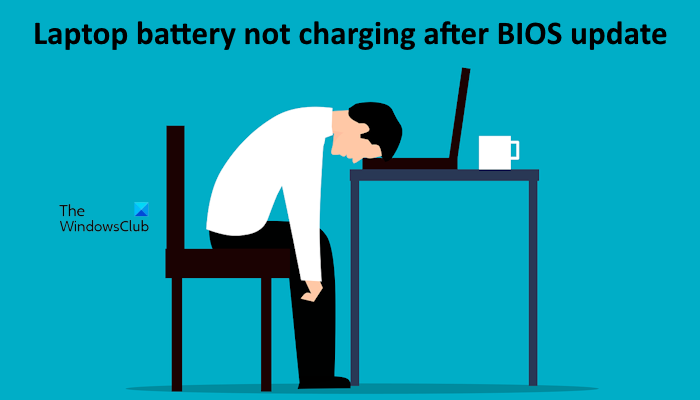
Laptop battery not charging after BIOS update
Use the following suggestions if your Windows laptop battery is not charging after a BIOS update:
- Perform a hard reset
- Change HP Battery Health Manager settings
- Check the Battery Charge Limit in the BIOS
- Downgrade BIOS
- Contact Support
Below, we have explained all these fixes in detail.
1] Perform a hard reset
The residual charge in capacitors can sometimes cause battery-related issues. In such cases, discharging the capacitors can help fix the problem. You can do so by performing the hard reset. The following steps will guide you on this:
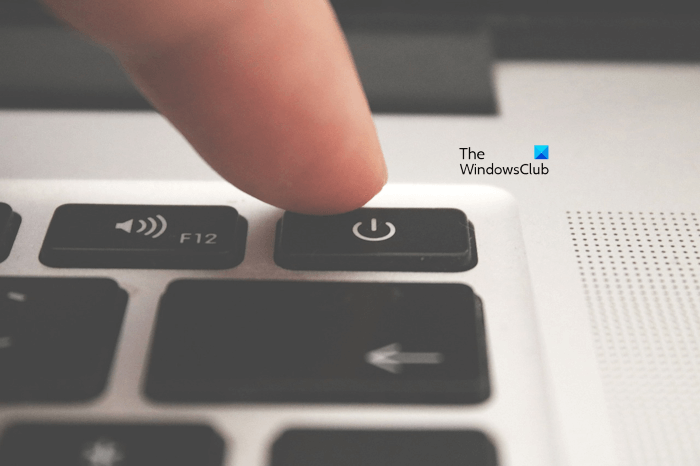
Completely turn off your laptop and unplug the charger. Now, follow the steps provided below:
- Disconnect all the peripherals.
- Remove the battery. If your laptop has a non-removable battery, skip this step.
- Press and hold the power button for up to 45 seconds.
- Reinsert the battery and turn on your laptop.
Now, check if it shows charging after connecting the charger.
2] Change HP Battery Health Manager settings
This solution is for HP laptop users. HP Business Notebooks come with HP Battery Health Management. You can access this feature in HP BIOS. Change this setting in your HP Business Notebook BIOS. The following steps will guide you on this:
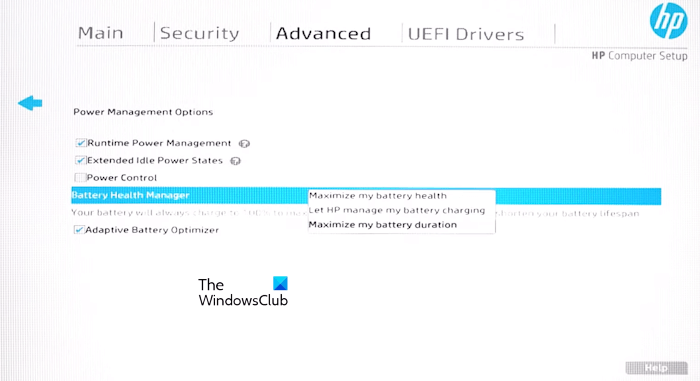
- Enter your HP BIOS.
- In BIOS, select the Advanced tab by using your keyboard arrow keys.
- Now, select the Power Management Options.
- Select the Maximize my battery duration option in the Battery Health Manager drop-down menu.
- Save changes and restart your laptop.
Check if the problem persists. If this does not help, select another available option in the Battery Health Manger drop-down, and see if it works.
3] Check the Battery Charge Limit in the BIOS
In some laptops, you can set a Battery charging limit. However, this option is not available in all models of a particular laptop brand. If your laptop battery stops charging after reaching a particular percentage, the charging limit might be active in your laptop BIOS. You should check this.
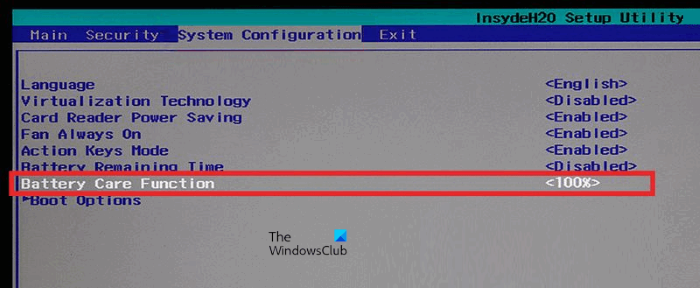
You need to refer to your laptop’s user manual or visit its support website to know whether this feature is available on your laptop or not. If this feature is available, you can know the steps to change this setting on the support website of your laptop manufacturer.
4] Downgrade BIOS
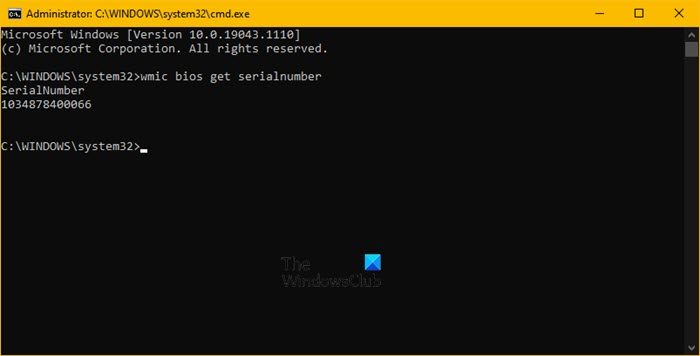
You may also downgrade BIOS and see if that works for you,
5] Contact Support
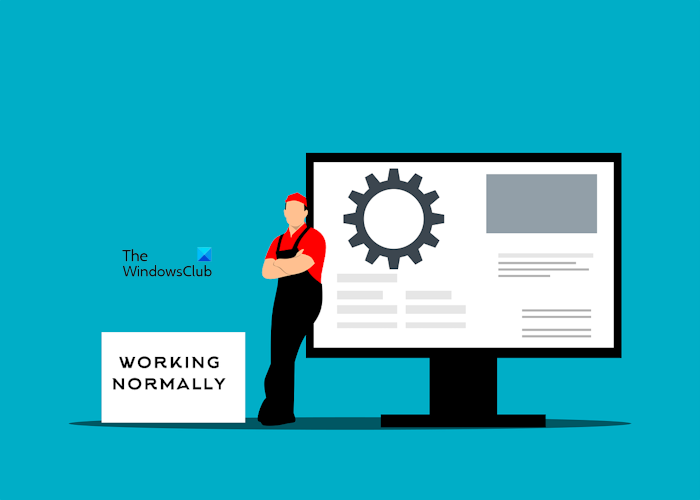
If the problem persists, the last resort is to contact support. You can take your laptop to the service center if it is under warranty. Otherwise, you can contact a professional laptop repair technician. The problem may also be associated with your laptop motherboard. Contacting support can help fix this problem.
Why is my laptop battery plugged in but not charging?
There can be many reasons why your laptop battery is plugged in but not charging. Your battery might be damaged or the charger you use to charge your laptop battery might be faulty. This problem also occurs if the charger is not compatible.
What are the signs of a dead laptop battery?
If your laptop battery is going to die, your computer will show you some signs, like slow charging, fast battery discharge, etc. If your laptop battery is dead, you cannot use it on battery power. It will turn off as soon as you disconnect the charger.
Read next: Laptop battery icon shows charging when not plugged in.
Leave a Reply